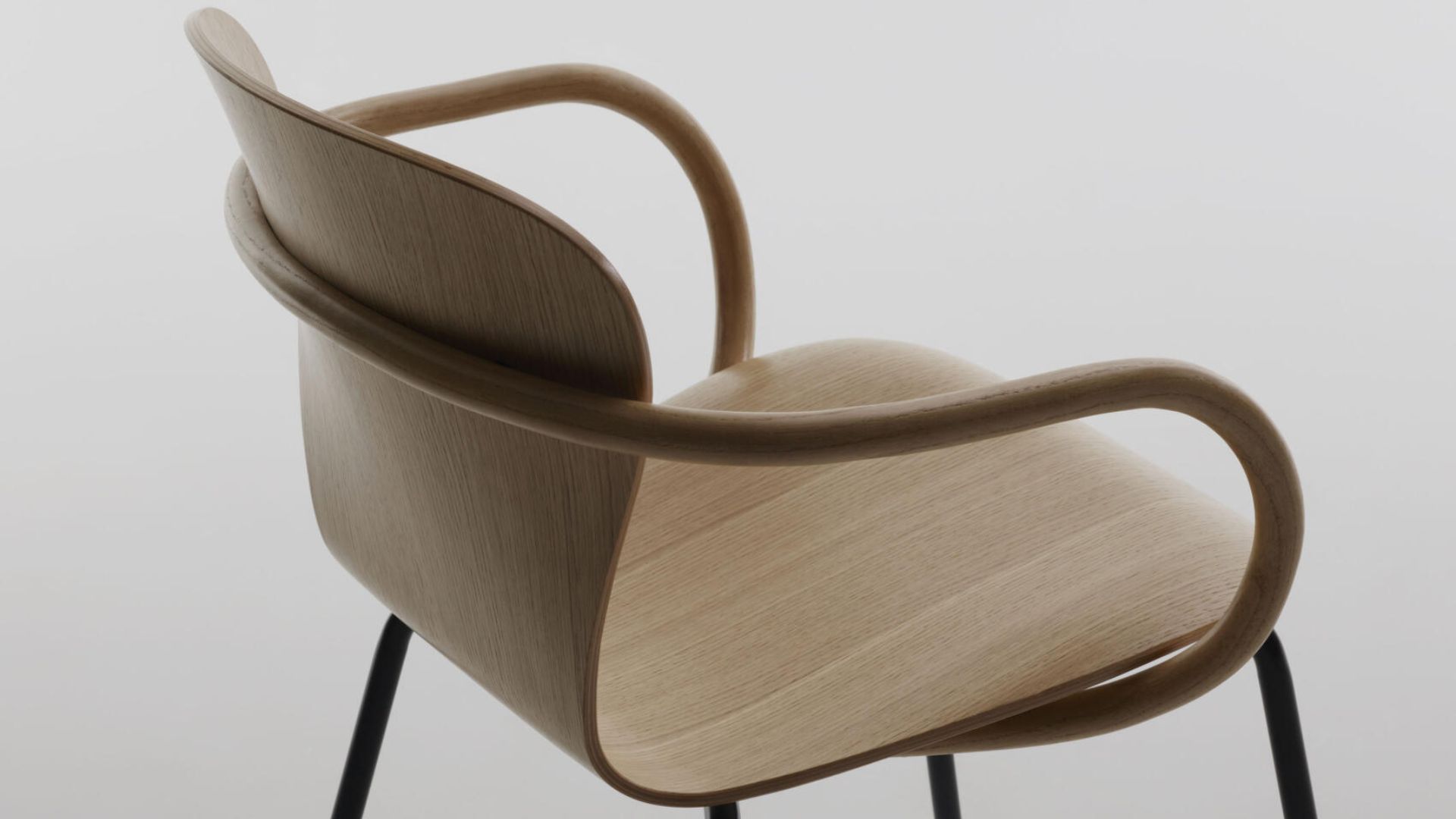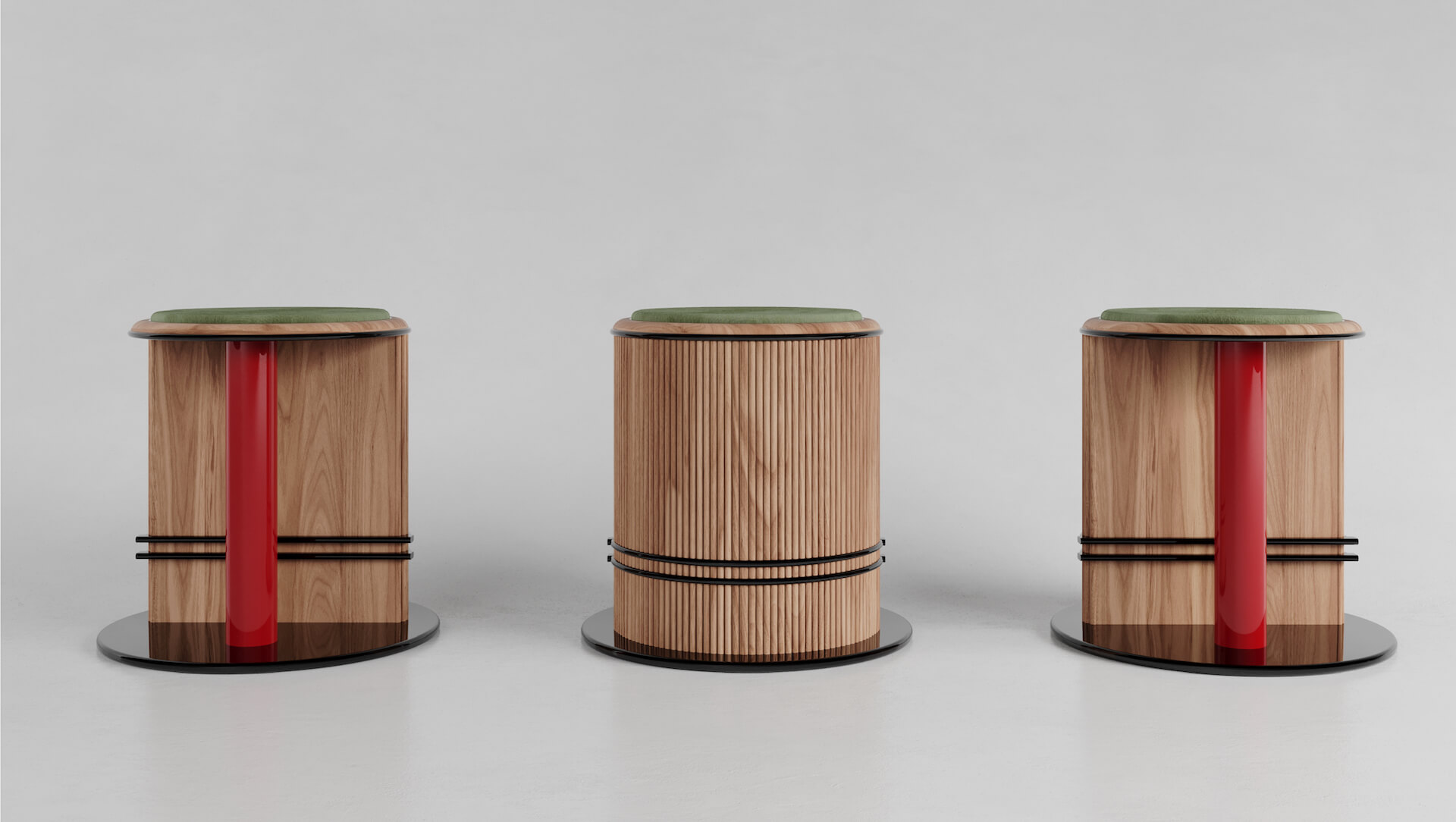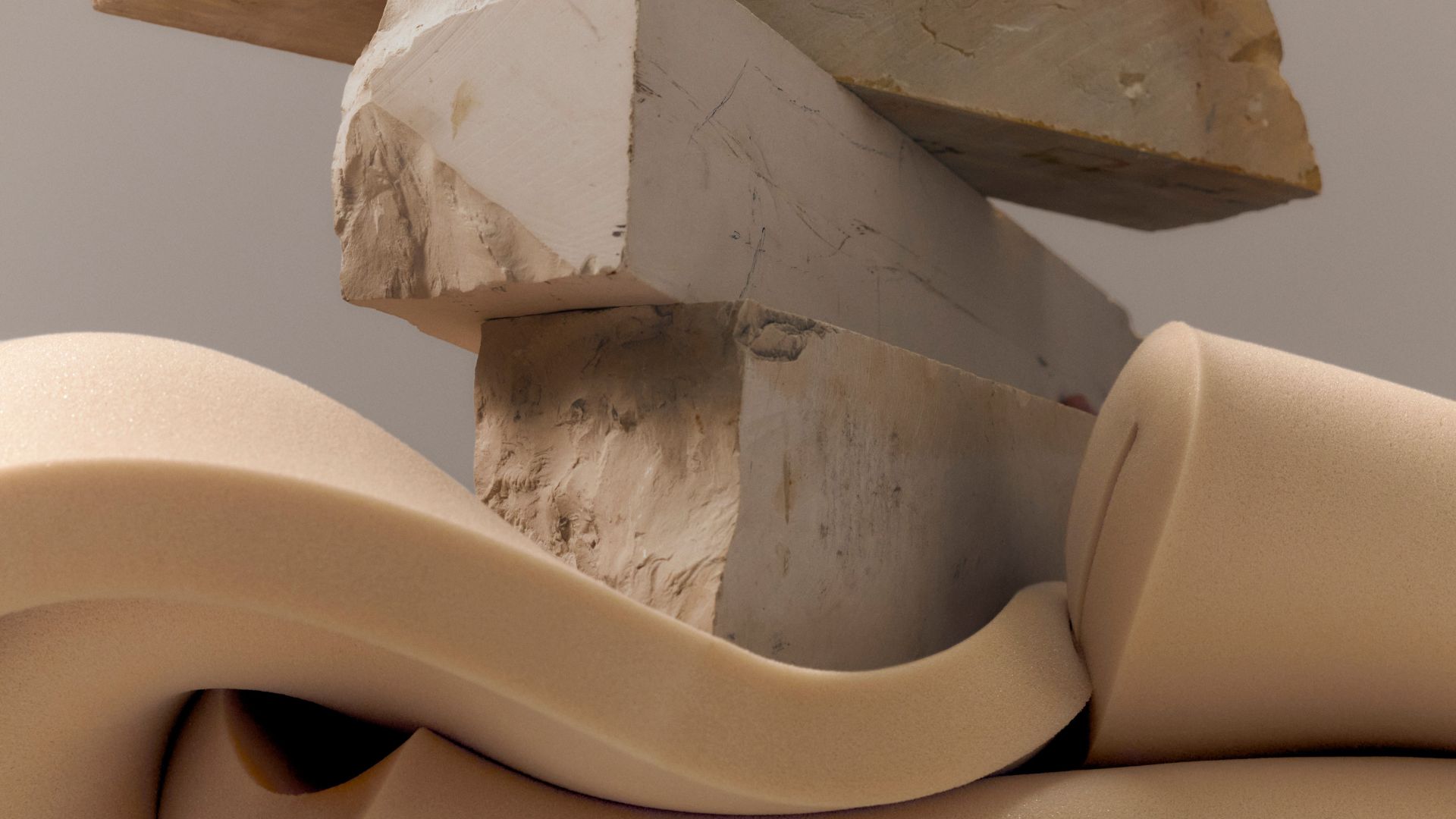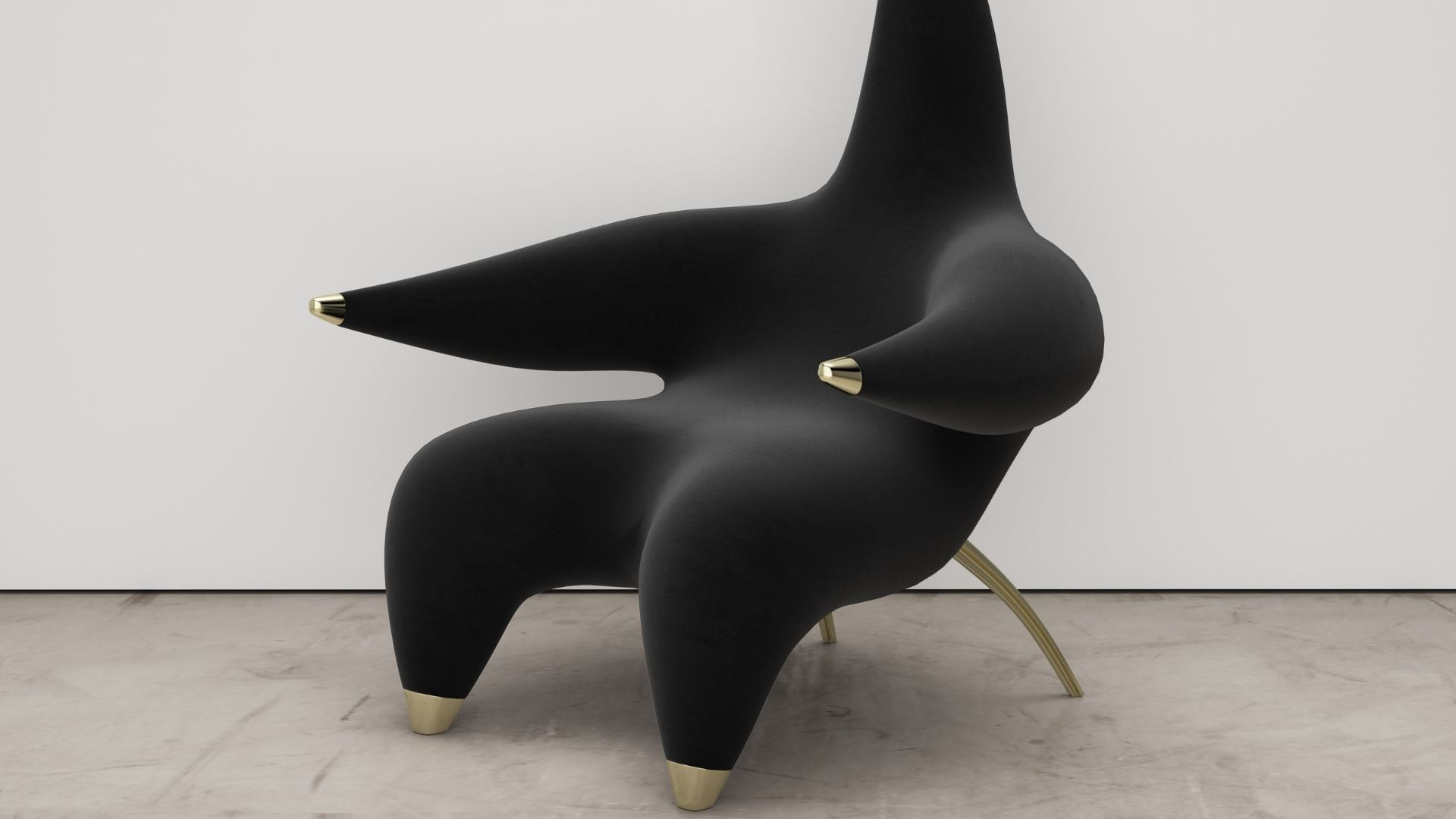The New Raw’s “zero-waste” Ermis Chair was made from studio offcuts
Rotterdam studio The New Raw has recycled prototypes from its previous experiments in additive manufacturing to create the 3D printed Ermis Chair.
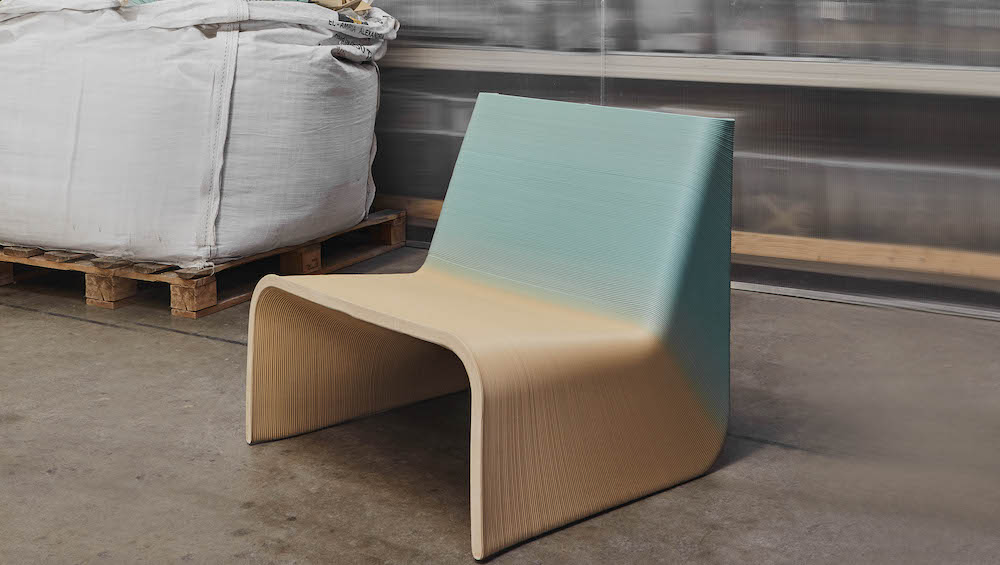
The Ermis Chair highlights the potential for “infinitely” recyclable materials. Made from a material that is not only in its second stage of being recycled, but—because of the lack of resins of adhesives in the fabrication process—can be reused time and time again.
The limited-edition Ermis chair is a prime example of The New Raw’s circular concept at work. The New Raw created the mono-material, monobloc design from its own 3D-printing waste, which the studio has used to form layers of polypropylene plastic.
Gallery
Open full width
Open full width
The process includes shredding the 3D-printing waste into granules between three to five millimetres in size before feeding them directly into a 3D printer, which melts the material to create a recycled plastic filament. The filament is then applied layer by layer to form the chair.
The monolithic seat of the Ermis chair follows simple and ergonomic lines and is robotically crafted with a single spiral plastic thread that follows the geometry via a slight rotation. As a result, the chair boasts optimum strength and minimal material usage with a unique graphic texture on its surface.

Because the collection is made with batches of different coloured production waste, each chair features an unexpected pastel-coloured gradient too. As for adhesives, resins and any other additional finishings, The New Raw avoided all of them to make recycling the chair as easy as possible at the end of its life.
This creates what the studio describes as “an infinite loop of plastic waste”, allowing the material to be used again and again as long as it doesn’t degrade in quality over time.

The New Raw manages materials to minimise waste
The Ermis Chair is exemplar of The New Raw’s commitment to sustainability through additive manufacturing and repurposing plastic waste. “As creatives, we wanted to discuss this issue in a positive approach,” said founders Panos Sakkas and Foteini Setaki when we interviewed them in 2020.
“by suggesting a new way of thinking regarding materials and their applications and also exploring what design can do for the environment.” This project responds to a need across the design industry for circular economics by underscoring the potential of 3D printing, which is exciting for a number of reasons. Not only does it cut down on waste by fabricating items precisely but it also offers extensive opportunities for upcycling by way of reusing old materials or adding new parts to existing products.











